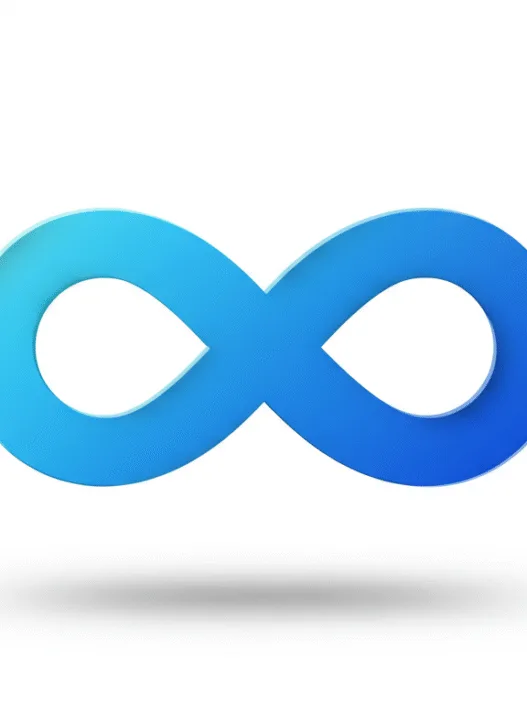Table of Contents
Introduction
In a world where language barriers often hinder communication, the emergence of advanced translation technologies like OpenAI’s GPT-4o signals a transformative shift. With its real-time capabilities and nuanced understanding of linguistic subtleties, GPT-4o promises to reshape cross-cultural interactions. But what does this mean for the reigning titan of translation, Google Translate?
OpenAI’s new flagship, GPT-4o, has burst onto the technology landscape with real-time translation capabilities that promise to revolutionize the way we interact with different languages and cultures. I already told yoyesterday,ay and I repeated it a few hours ago. This latest iteration of the GPT series not only handles tet, but also integrates audio and vision, allowing for fluid and contextual speech-to-speech and text-to-speech translations.
With a notable improvement in understanding linguistic and cultural nuances, GPT-4o is able to deliver translations that not only capture the literal meaning of words but also their intention and emotional tone. This advanced capability sets a new standard in the field of machine translation, providing the user with a powerful tool that facilitates more natural and effective communication between speakers of different languages.
How does GPT-4o’s arrival impact the future of Google Translate?
Does this mean that Google Translate is in danger? I think so; however, whether Google Translate is really “in danger” depends on several factors:
- Quality and Accuracy : If GPT-4o can offer more accurate and contextual translations than Google Translate, it could attract users looking for a better translation experience.
- The demonstration of superiority in English-to-Italian translation compared to Google Translate is indicative of its potential.
- Integration and Accessibility : Google Translate is deeply integrated into other Google products and third-party services, making it extremely accessible and convenient. For GPT-4o to overcome this, it not only needs to be technologically superior but also easily accessible and widely integrated.
- Trust and familiarity Google Translate has been available for years and has built a massive, global user base that trusts its service. Switching from a proven service to a new one carries a perceived risk for users.
- Continued Google Innovation: Google is no stranger to innovation and continues to improve its own AI models. Google is likely to continue innovating in response to competition from OpenAI.
- Cost and business model : While OpenAI is exploring business models that include paid features to fund free services, Google already has an established business model that allows Google Translate to be free and without clear usage limits for the end user.
It’s clear that GPT-4o represents an impressive advance and potential competition, but Google Translate has several strategic advantages. However, the pressure to innovate and improve will likely be greater due to these new developments. This could lead to faster and more significant improvements in translation technologies for all users, regardless of which service they choose to use.
Conclusion
The arrival of GPT-4o heralds a new era in translation technology, posing a formidable challenge to Google Translates hegemony. While Google enjoys strategic advantages, the pressure to innovate in response to GPT-4o’s advancements is undeniable. Ultimately, this competition promises accelerated progress in translation technologies, benefiting users worldwide.
Stay tuned for updates on the evolving landscape of translation technology and explore how these advancements can enhance your cross-cultural communication.
Technoluting.com















